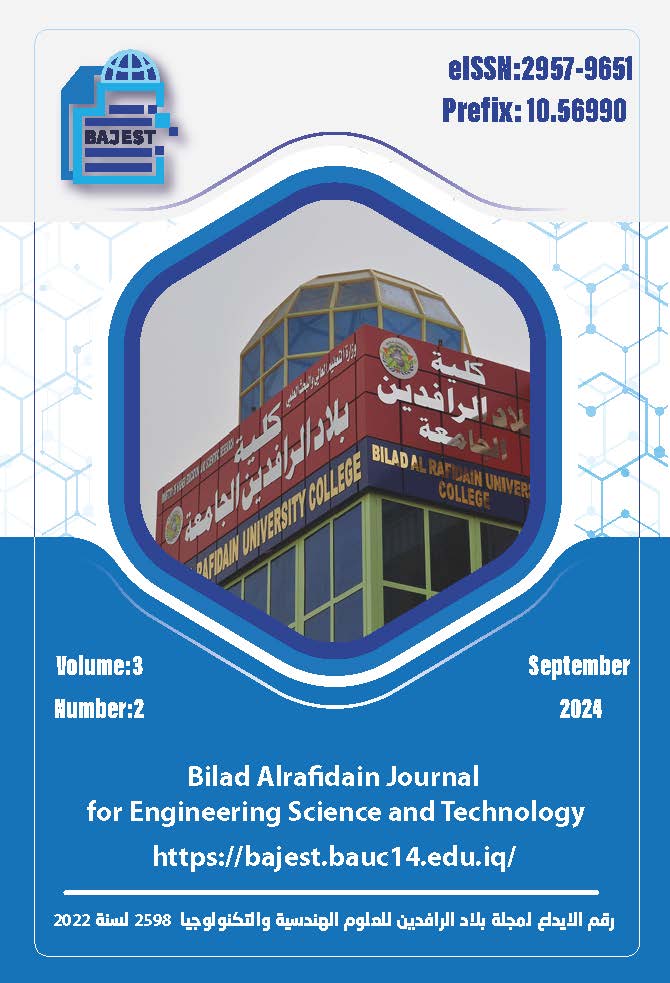Enhancing Building Stability and Seismic Resilience with Water-Added Tuned Mass Dampers
Main Article Content
Abstract
These days, the construction industry is increasingly producing buildings with extremely low damping values. Under structural vibrations caused by storms and earthquakes, structures can collapse easily. There are now several methods for reducing structural vibrations, and one of the methods currently employed is the Tuned Mass Damper (TMD). Research is being conducted to determine its performance and importance. The entire damper was tuned for various constructions. An eight-story model specifically designed for the structure was used in this study to observe the structure's response with and without TMD during shaking table experiments. Compared to passive control devices (PTMDs), Active Tuned Mass Dampers (ATMDs) are more efficient as they are active control devices powered externally. By maintaining the structure's frequency, damping, and stiffness constant, other variables such as the percentage reduction in structural capacity can effectively control structure vibrations. The findings and observations from TMD studies can be used to address challenges in earthquake structural control considering current technological limitations and energy demands. The results illustrate significant improvements with damping: the damped structure experienced a 21% increase in acceleration, a 17% increase in velocity, and a 79% reduction in displacement compared to the un damped structure. These findings underscore the effectiveness of damping in mitigating earthquake-induced vibrations.
Downloads
Article Details
Section

This work is licensed under a Creative Commons Attribution 4.0 International License.





